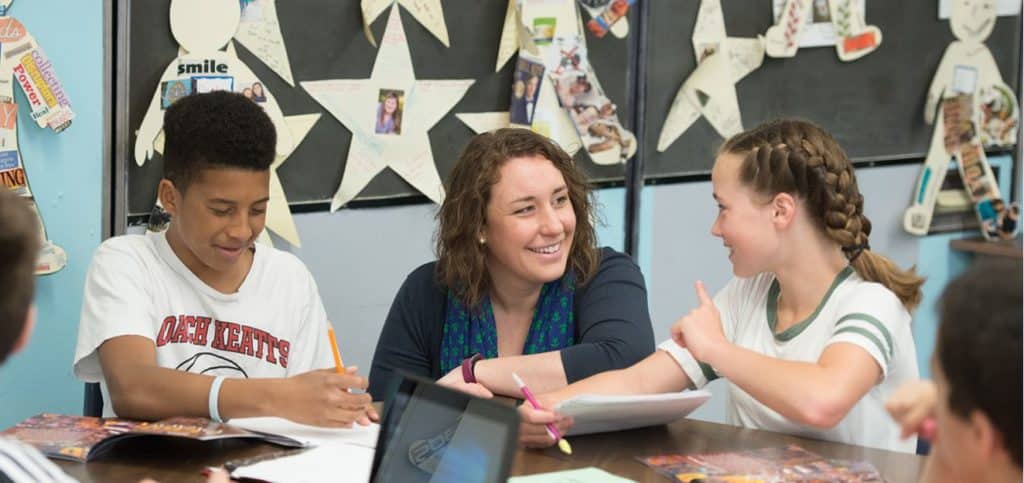
For teachers who use the Responsive Classroom approach, talking with students about hopes and dreams (or, for middle school students, SMART goals) is a key activity during the first weeks of school. This discussion launches the rule-making process and helps children create rules that they have a real stake in: rules that will help everyone in the class achieve their dreams.
But what do you do when a student names a goal that, while worthy, can’t be achieved in a single school year? When Margaret Wilson wrote about read-aloud books for launching discussions of hopes and dreams and mentioned Matthew’s Dream, in which the title character realizes that he wants to be an artist, I thought immediately of a story my sister Beth, who teaches first graders in Charleston, West Virginia, told me recently. When she asked her students “What are you most excited about learning this year?” one child jumped up and said, “I want to be a dentist!”
Beth chose not to question the girl’s answer at that moment. She didn’t want to dampen the child’s enthusiasm, and since other students’ answers were more relevant to first-grade learning goals, she decided to wait and follow up individually. Later, when the children were occupied with writing and illustrating what they hoped to learn, Beth had a one-on-one conversation with the aspiring dentist.
“I can tell that becoming a dentist is an important goal for you,” she said. “Let’s think about what you might learn in first grade that will help you reach your goal. Remember all the things we talked about?”
Beth had started the hopes and dreams process with her class by previewing the exciting learning they’d be doing that year, from studying organisms to becoming readers and writers. She’d read them books written by last year’s first graders, which gave them curricular units of study and special events to look forward to: the human body, simple machines, the Gym Jam (a special first grade program), animals, and insects. She’d also used Guided Discovery to introduce resources and materials that would be used in first grade, from math manipulatives to pencils and markers and crayons.
After a few minutes of reflecting with the aspiring dentist, the little girl jumped up excitedly, squealing with delight, “I know, I know, I know!” and then skipped joyfully back to her desk. Later, when Beth saw the girl’s hope and dream for first grade: I want to learn about science and the body, she told her, “That’s definitely a goal we can work on together this year!”
In Leo Lionni’s Matthew’s Dream, the main character struggles with the question “What do I want to be when I grow up?” A visit to an art museum helps him find an answer. Beth’s student knew what she wanted to be when she grew up, and her teacher’s friendly interest helped her connect her work in first grade with the attainment of that long-term goal. Getting students excited about the year ahead and sharing hopes and dreams are important parts of the first weeks of school. By priming children’s imagination and enthusiasm, and by helping them make connections to their personal learning goals, you lay the foundation for a successful and satisfying year.
What connections do you hope to help your students make this year?
Check out Rules in School: Teaching Discipline in the Responsive Classroom, by Kathryn Brady, Mary Beth Forton, and Deborah Porter, to learn a step-by-step process for engaging children in making classroom rules, as well as how rules-related behavior looks and sounds.
Babs Freeman-Loftis is the coauthor of Responsive School Discipline.